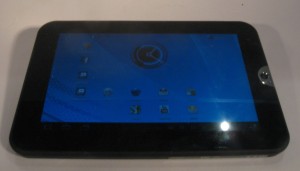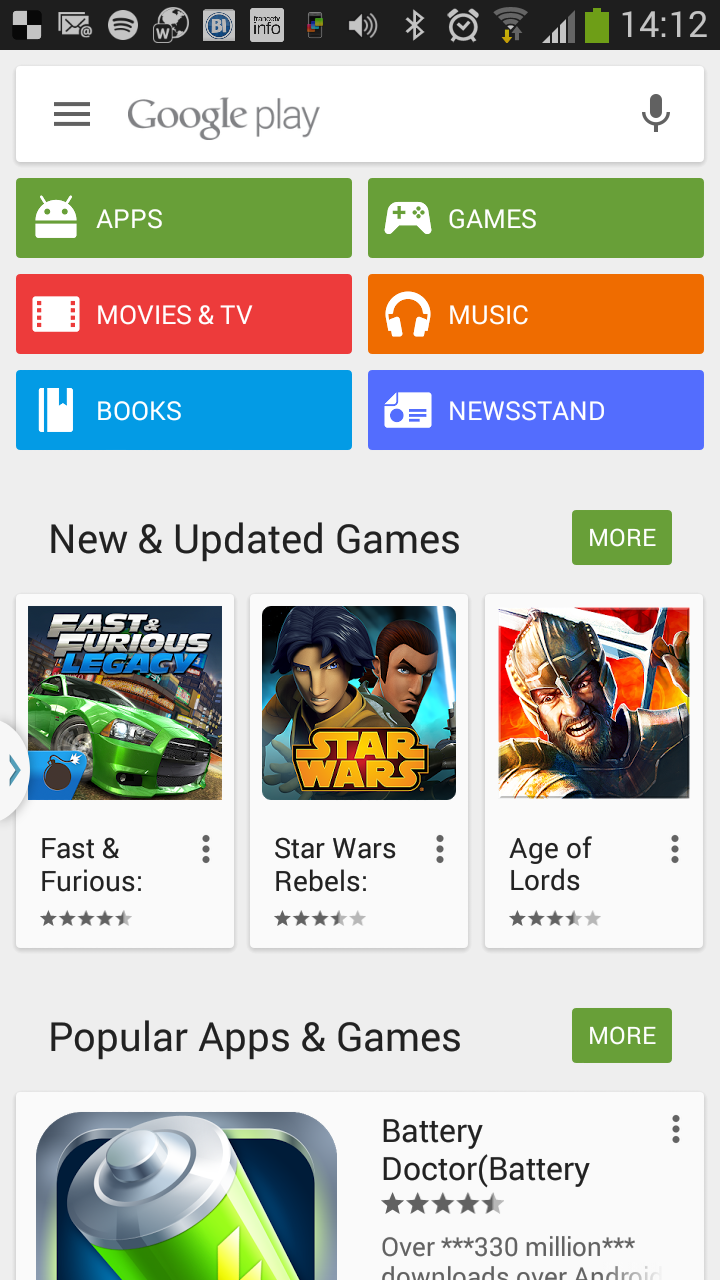I was talking with a friend about the status quo with in-vehicle navigation options and what can be done about it. He was remarking about the way the vehicle builders don’t provide a smooth path for improving these systems through the vehicle’s service life.
The current situation
Typically the feature is rolled out in to mid-range to high-end vehicles as a standard option or an add-on option depending on the vehicle’s trim level. Then, if the vehicle owner wants to keep the maps in the system up to date, they have to take the car to the vehicle dealership and have the data updated there, which knocks them back by a decent amount.
It can be a problem when, in some countries like Australia where the roads aren’t likely to be icy, the service life of a vehicle i.e. the number of years between the time the vehicle leaves the factory and the time it ends up on the scrapheap tends to be in the order of ten years or more. In this situation, there isn’t the guarantee that an OEM navigation platform could be supported by the manufacturers for that duration whether in the form of new software or map data. As well, technology marches on with many improvements in this space and users of these systems can feel as though they are effectively “stuck” with these systems in their current form.
Similarly, people who buy portable navigation devices aka “GPS units” or “sat-navs” have to purchase map updates from the device’s manufacturer at a princely sum. It doesn’t matter whether the update is to add extra coverage or functionality to the device or update the maps therein.
The smartphone or tablet is making these devices less relevant due to the integration of a navigation solution which has constantly-updated maps that can be downloaded for free via the Internet. Drivers can then go to mobile-phone accessory stores and purchase aftermarket mounts that attach to the dashboard or windscreen (windshield) of the car no matter how old it is so they can easily and safely operate the smartphone or tablet from the driver’s seat.
What can vehicle builders do
If a vehicle builder wants to make these options relevant to the smartphone / tablet user, they could take one of a few paths.
One path that can be used as a cheaper option would be to use the MirrorLink system which allows the dashboard-based control surface to become a control terminal for the smartphone or tablet. This could use an Android or iOS app that works as a MirrorLink server for the handset or tablet.
Another, would be to provide a user-removable 7” Android tablet in a similar form to the previously-reviewed Toshiba AT1S0 tablet that installs in to a dashboard space and works as a car navigation system but updates itself from the home network or a 3G link. The tablet could also be a loading point for various “trip-computer”, advanced-navigation and infotainment apps like TuneIn Radio. This method also has the advantage of being sold as an option that dealers can supply to customers as a deal-maker when the vehicle is being sold.
The last option would be the integrated navigation option that has the ability to be updated via a home network or a 3G link. This setup could be monetised through the provision of advanced-navigation apps like branded “find-nearest” tools, tour guides or directories. As well, this can be used as an app platform in itself for developing software that appeals to all users or a subset thereof. Of course, the apps can be downloaded via the abovementioned home network or 3G link.
What can be done for aftermarket car infotainment
The aftermarket infotainment scene can use similar paths for improved smartphone / tablet relevance. This class has to appeal to vehicles built across a very long timeframe typically since the 1950s and, in the case of new vehicles that had integrated infotainment options, is catered for with conversion kits.
One path could be to supply 2-DIN “media” head units that work as MirrorLink terminals that work with MirrorLink mobile devices. This can be varied through the use of a 1-DIN unit with a retractable or satellite screen.
Another path would be a “media” head unit that has an app platform and the ability to update via a 3G or home-network connection. This could be furnished in the form of a 2-DIN unit or a 1-DIN unit with a retractable or satellite screen.
The last option would be a 1-DIN head unit that supports full integration with 5” smartphone or 7” tablet. The smartphone or tablet would be able to be installed in a dashboard or windscreen mount and link to the head unit via Bluetooth or USB, similar to the status quo for most smartphone / in-car infotainment setups. In this environment, both these devices can work together with navigation looked after by the smartphone or tablet and the head unit offering basic control options like volume control or content selection offered by knobs and buttons.
Conclusion
What needs to happen with OEM and aftermarket vehicle navigation and infotainment is that there has to be support for updating, upgrading and improvement. This could be facilitated through the use of open-frame platforms like Android or Windows RT; as well as constant update paths with access to complimentarily-available map data for Google and similar sources.
It also includes encompassing the vehicle in the home network when it is at home as well as linking it with affordable mobile-broadband services.




